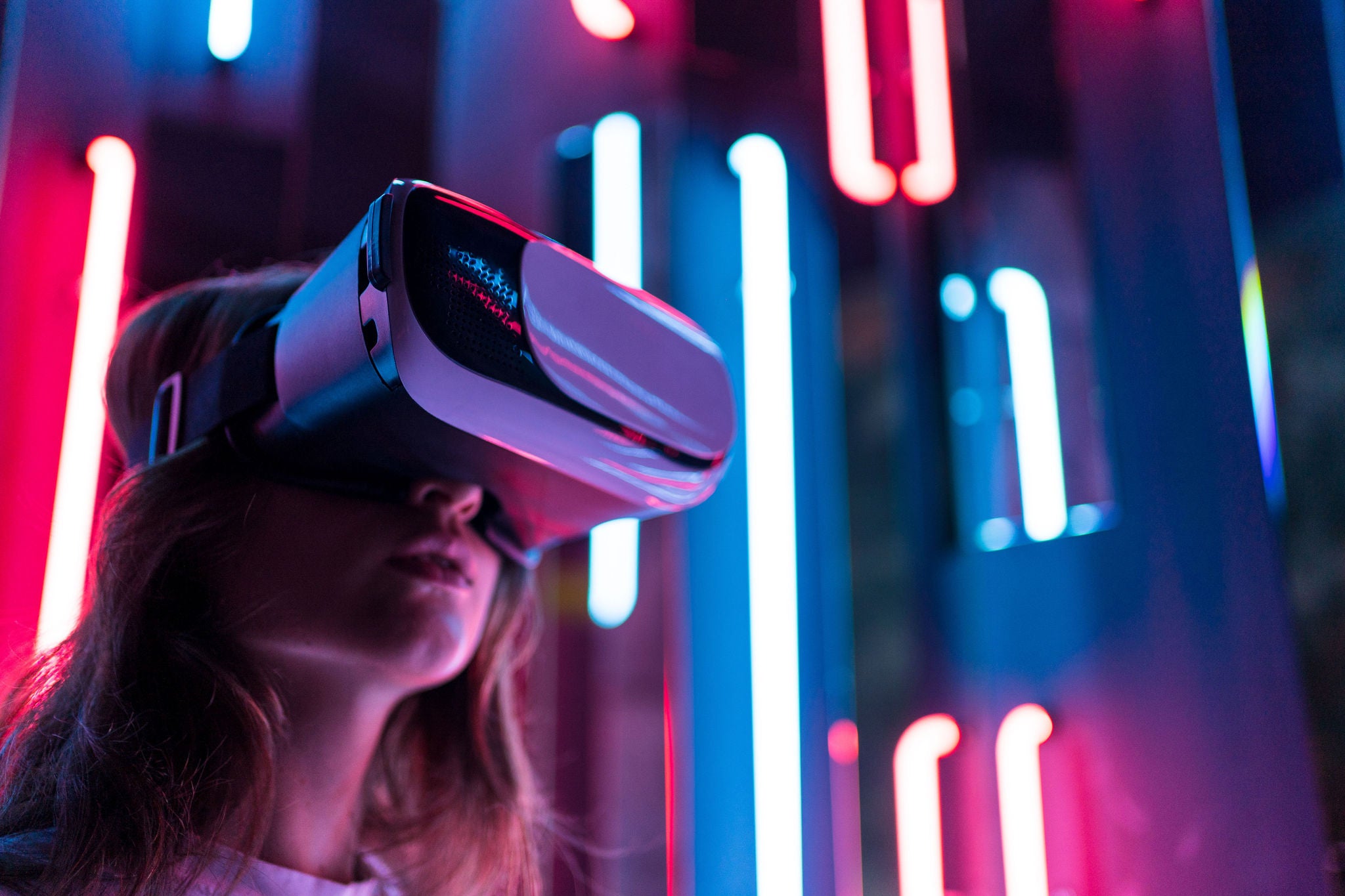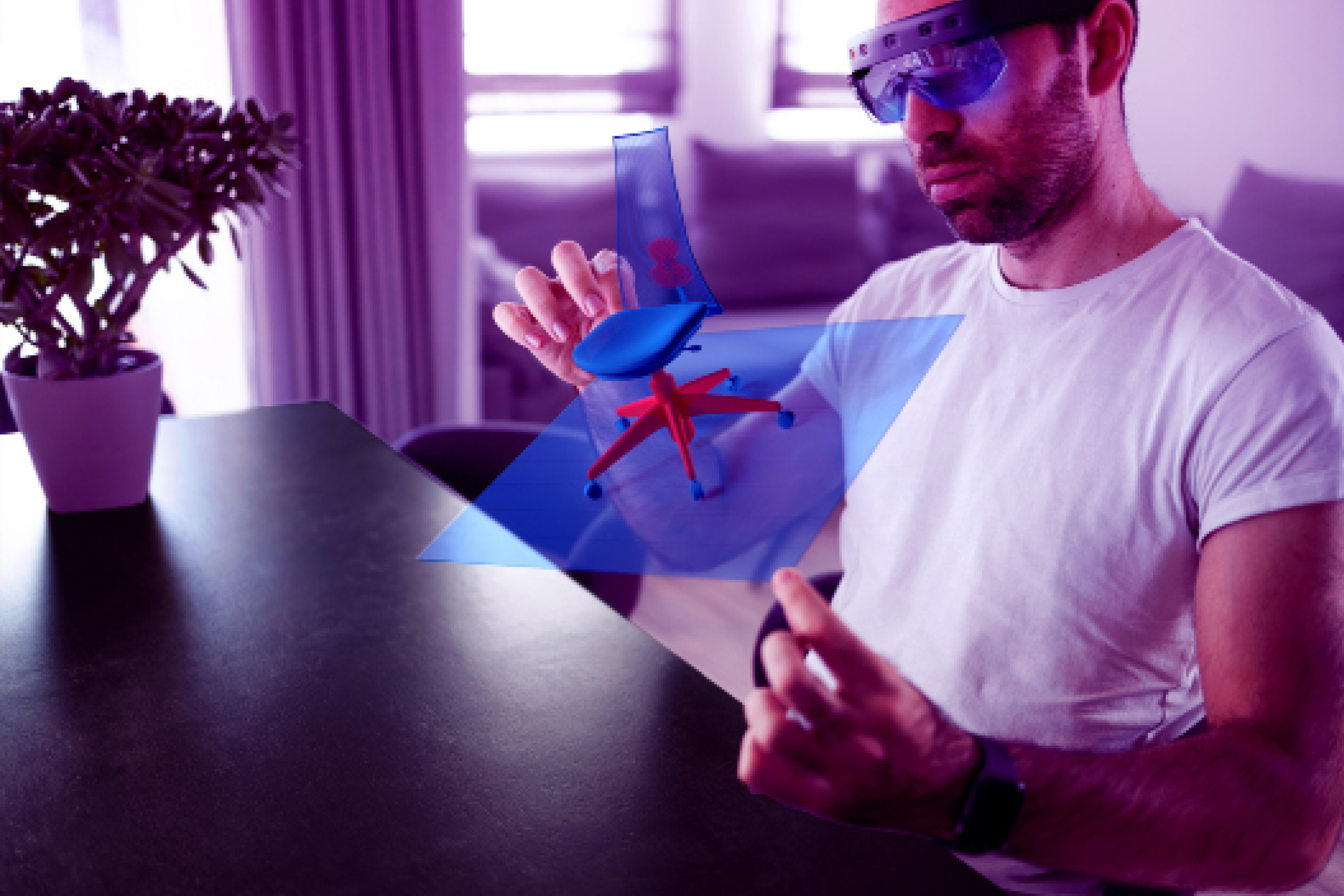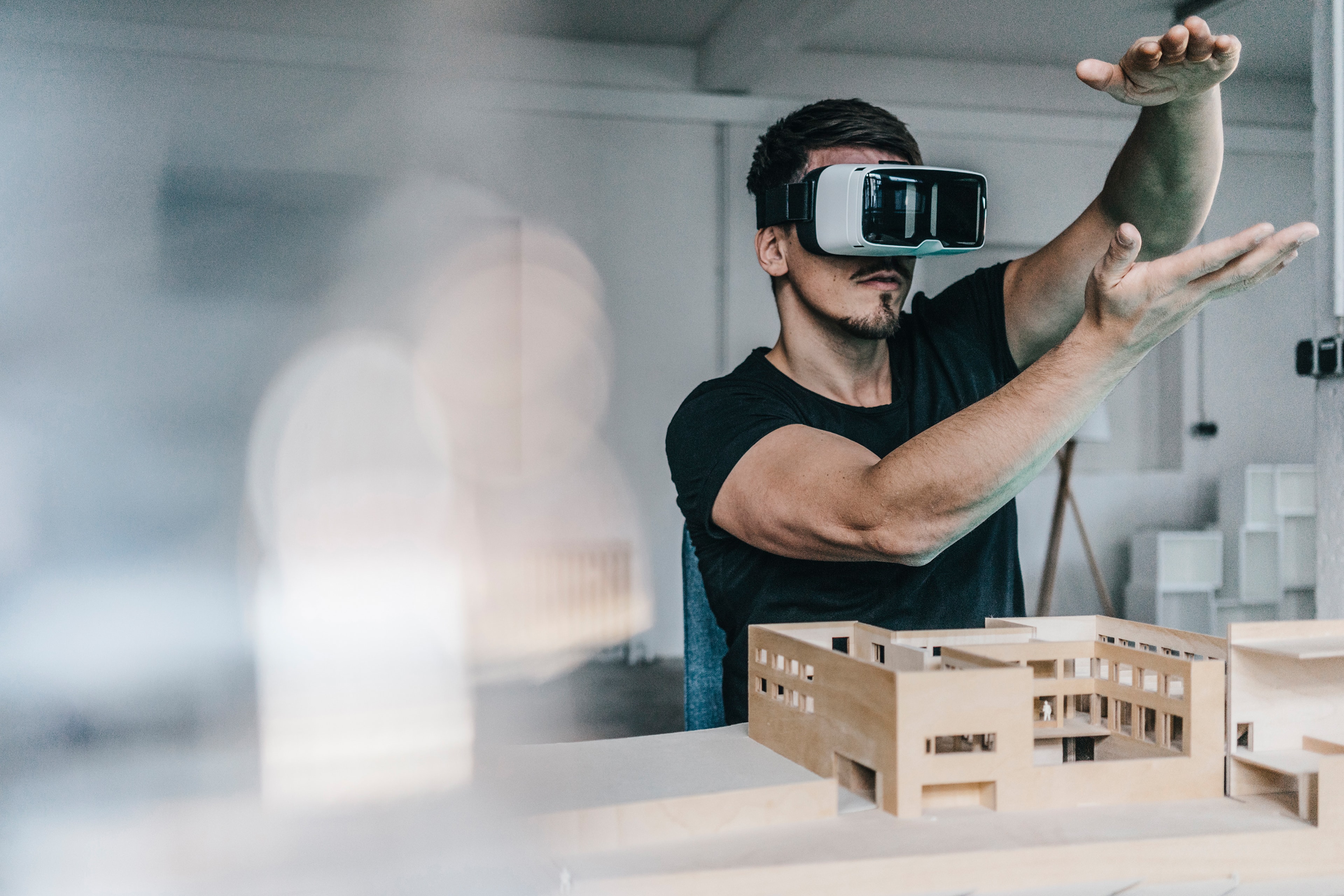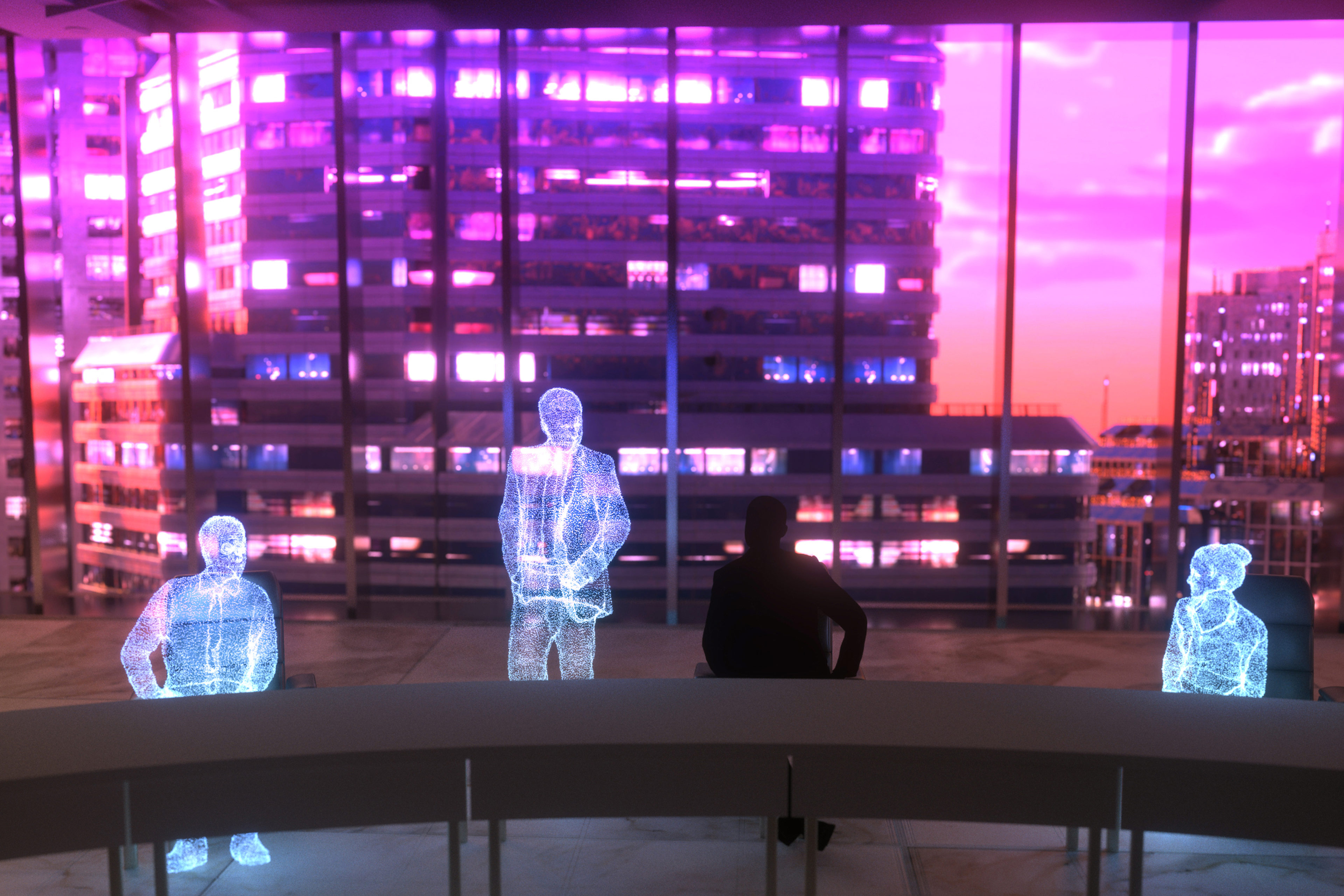EY refers to the global organization, and may refer to one or more, of the member firms of Ernst & Young Global Limited, each of which is a separate legal entity. Ernst & Young Global Limited, a UK company limited by guarantee, does not provide services to clients.

As we move closer to the enterprise-level scaling of the metaverse, organisations must ask themselves how they can be best prepared.
In brief
- Customer adoption of metaverse technologies is a key challenge that organisations need to think through and prepare a plan for.
- The metaverse is likely to exacerbate issues of data privacy, governance and safety as it is not confined to space and borders.
- Organisations may need to reorient and adapt to the new development framework in Web 3.0 as they navigate through the adoption of the metaverse.
The emergence of the metaverse has been the most recent Big Bang event for the world of the internet and cyberspace, and is likely the biggest inflection point for technology giants and start-ups alike to date.
Immersive, user-centric technologies such as the metaverse are creating new technology building blocks and extending the frontiers of tech innovation. The global metaverse market was valued at USD51.69 billion in 2021 and it is estimated to surpass around USD1.3 trillion by 2030 with a registered CAGR of 44.5% during the forecast period 2022 to 2030¹.
And while that is happening, consumer behaviours are changing and paving the way for a paradigm shift in how we use the internet. The internet, as we use it today, started with a framework of interconnected hyperlinks called Web 1.0. Later, the internet evolved into the social web called Web 2.0, built on a set of innovations that emerged from Web 1.0. People interact with it on a two-dimensional screen and the web is filled with user-generated content owned centrally by platform providers.
Now, the Spatial Internet, Web 3.0, is changing the idea of user experience to three-dimensional space while decentralising content ownership using distributed ledger technology (blockchain). Metaverse, a part of the vision of Web 3.0, is a shared, three-dimensional virtual world where people can interact with each other and with businesses through their virtual representation avatars.
Often, the virtual world is associated with the gaming space and the entertainment industry. Although virtual gaming and virtual concerts are some early applications of this change, the metaverse presents myriad opportunities across industries beyond gaming.
Consider the possibilities of having a private corporate metaverse where you can host immersive virtual meetings with colleagues across the globe. As organisations take “collaborative” and “work from anywhere” to the next level, the digital twin of an employee could enter meeting rooms in real time to make presentations or take meeting notes. Or they could even enter virtual lounges to network and relax with colleagues over a cup of coffee.
Metaverse has an enterprise aspect as well as a consumer aspect to it. So, it could be a utility firm creating a data-based digital replica of its network infrastructure and experimenting with new designs before applying them to the real world. Or it could be about running a virtual store of your product and delivering it to customers’ doorsteps. The metaverse creates a middle ground between the webstore and physical shop where the customer’s virtual avatar can have physical interaction with the virtual store. The virtual store then provides an immersive experience to the customer to engage in the metaverse world and gather insights on their areas of interest. These are just a few examples of metaverse capabilities.
Key technology enablers
While metaverse concepts have been around for decades, there were no technologies that made its enterprise-level adoption viable. Today the metaverse is expected to tie together our digital and physical worlds with the help of four key technology enablers.
Blockchain and non-fungible tokens (NFTs)
Blockchain technology, a distributed ledger technology, that permanently records transactions in independent computer nodes, enable the democratisation and decentralisation of the internet. Decentralisation is the vision of Web 3.0 and blockchain components such as NFTs will fuel this change. FMCG and luxury brand companies are already exploring extended reality experiences in the metaverse with the NFTs powered by blockchain technology. For instance, “Into the Metaverse” is an NFT collection by Adidas that gives holders the privilege to access exclusive Adidas merchandise in real and digital goods.
Virtual Reality (VR) and Augmented Reality (AR)
VR and AR are the building blocks of the user experience in Web 3.0. For the metaverse to be successful, it needs to create a compelling realm outside of the real world. AR and VR are the technologies that enables us to create metaverses that are three-dimensional and immersive. VR creates an immersive experience for users within a virtual environment, while AR adds virtual elements to the existing real world.
We see multiple use cases emerging in this area. For example, various home designer outlets now have AR-enabled visualisers for customers to envisage the product in their home environment before buying it. IKEA’s AR app called IKEA Place allows customers to get the look and feel of their home transformation when they buy a product.
5G and edge computing
5G and future generations of mobile networks are key enablers of the metaverse. Reportedly, 5G increases speed up to 20 times that of 4G and edge computing reduces the latency below milliseconds. Edge computing will distribute the infrastructure closer to the end user and this will enable faster data movement between AR/VR devices and cloud at low latency. 5G and mobile edge computing will be the cornerstone of the metaverse experience.
Artificial Intelligence
AI and deep learning are already key pillars of many businesses’ digital strategies. AI will enable the immersive user experience and simulated realities built in the metaverse world. Natural Language Processing (NLP) and Machine Learning (ML) will be used in the computer vision, speech recognition, object detection, tracking and graphics rendering in the metaverse.
Although the full-scale use of metaverse is still a few years away, as we move closer to the enterprise-level scaling of the metaverse, organisations must ask themselves how they can be best prepared.
Skirting challenges
The metaverse will change how business is conducted and demand a complete shift in organisations’ business models. Like any other disruptive technology, the metaverse has certain challenges and uncertainties. Many of these revolve around the customer adoption of metaverse technologies. However, digital transformation programmes accelerated by the pandemic have set new benchmarks for customer adoption of new technologies. A new stage will bring in a new set of competitors and new markets.
Summary
The possibility of connecting platforms and people is a reality now more than ever. Whenever a new technology reshapes the vision of the future, there are also new challenges that surface on the horizon. While it may be too early to make an accurate risk-benefit analysis, it is certainly time for organisations to lay down their metaverse plan and vision because the metaverse is here to stay.
Is your business metaverse ready?
How Telecom operators in Ireland can power the Metaverse
The metaverse could create significant opportunities for telecom operators, building on their early advantage and growing services into their extensive customer bases. But it won’t come for free. Read on to find out more.
How metaverse can help humans glide into new experience zones
The advent of the metaverse is set to transform every aspect of lives, business, and customer experience. Find out how.
Why Irish organisations need to think about metaverse security
The metaverse could create an extended risk from a cybersecurity standpoint. Find out why businesses need to move at speed to deploy zero trust.
Metaverse: 5 questions shaping the next frontier of human experience
The convergence of physical and digital in the metaverse presents both opportunities and challenges for businesses, governments and society. Learn more.
Related Articles
How metaverse can help humans glide into new experience zones
The advent of the metaverse is set to transform every aspect of lives, business, and customer experience. Find out how.






